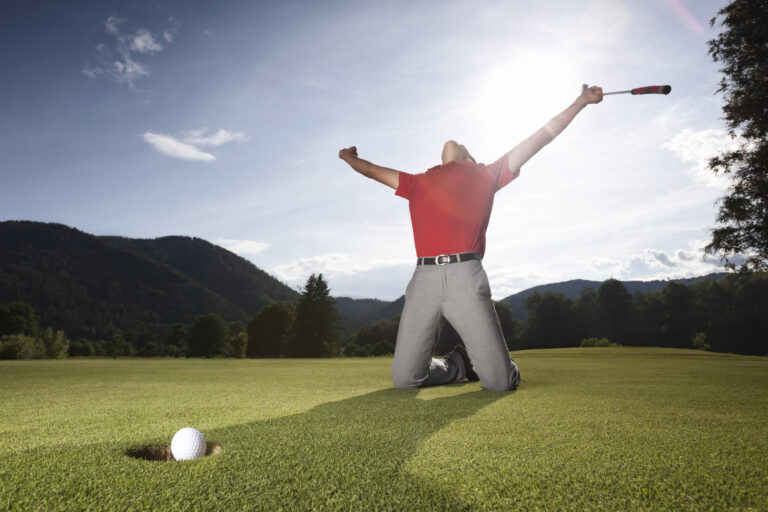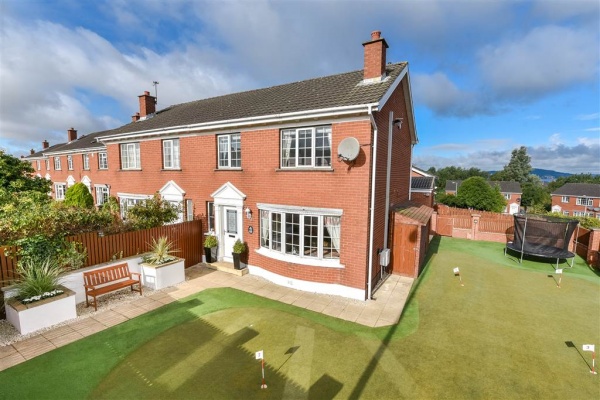Why Do Artificial Grass Prices Vary So Much?
Factors Influencing Artificial Grass Price Variations: People often ask “Why do artificial grass prices vary so much?” The price of artificial grass can vary significantly due to several factors. These include the quality and type of materials used in its construction, the manufacturing process involved, the density and resilience of the fibres, as well as additional features such as UV resistance, drainage capabilities and warranty. https://golf4home.com/golf4home-frequently-asked-questions
Helping customers consider artificial grass options, understanding these distinctions can help in making informed decisions aligned with budget and specific needs. Here we explore the differences in the types of yarn…
Nylon (PA) Yarn: Nylon stands out as the most resilient yarn type, boasting a rigid pile that retains its colour and shape even under heavy traffic. Notably, it can endure high temperatures, making it exceptionally durable. However, nylon tends to be pricier compared to grasses based on polyethylene. It is particularly well-suited for golf putting greens due to its toughness.
While it mimics natural grass with its coarser cut and texture, it lacks the softness and similar responsiveness found in less expensive materials. Artificial grass crafted from nylon fibres exhibits 40% more resilience than polyethylene grass and 22% more resilience than polypropylene grass.
Polypropylene (PP) Yarn: Typically, polypropylene is the most widespread, inexpensive, low-end manufactured plastic. It is injected into moulds while molten, forming complex shapes at relatively low cost and high volume.
Polypropylene grass yarn exhibits a firmer, more rigid texture with a glossier appearance compared to polyethylene. Manufacturers often produce polypropylene grasses of lesser quality, featuring lightweight, low-density flat yarns. Additionally, polypropylene possesses a lower melting point, rendering it susceptible to deformation when exposed to high temperatures over time.
Consequently, blades may appear unnatural and misshapen with prolonged exposure to heat. Such low-cost options typically underperform in the long run and are best avoided unless seeking a short-term installation solution.
Polyethylene (PE) Yarn: Polyethylene stands out as an exceptionally durable and colourfast material, frequently favoured in sports applications.
While its wear resistance may not match that of nylon or polypropylene, it boasts a remarkably natural appearance among grass yarns and offers a soft texture, making it highly sought-after for residential landscaping, such as gardens. By incorporating a structural profile and pairing it with a polypropylene thatch or curl, its resilience and structural strength can be notably enhanced.






